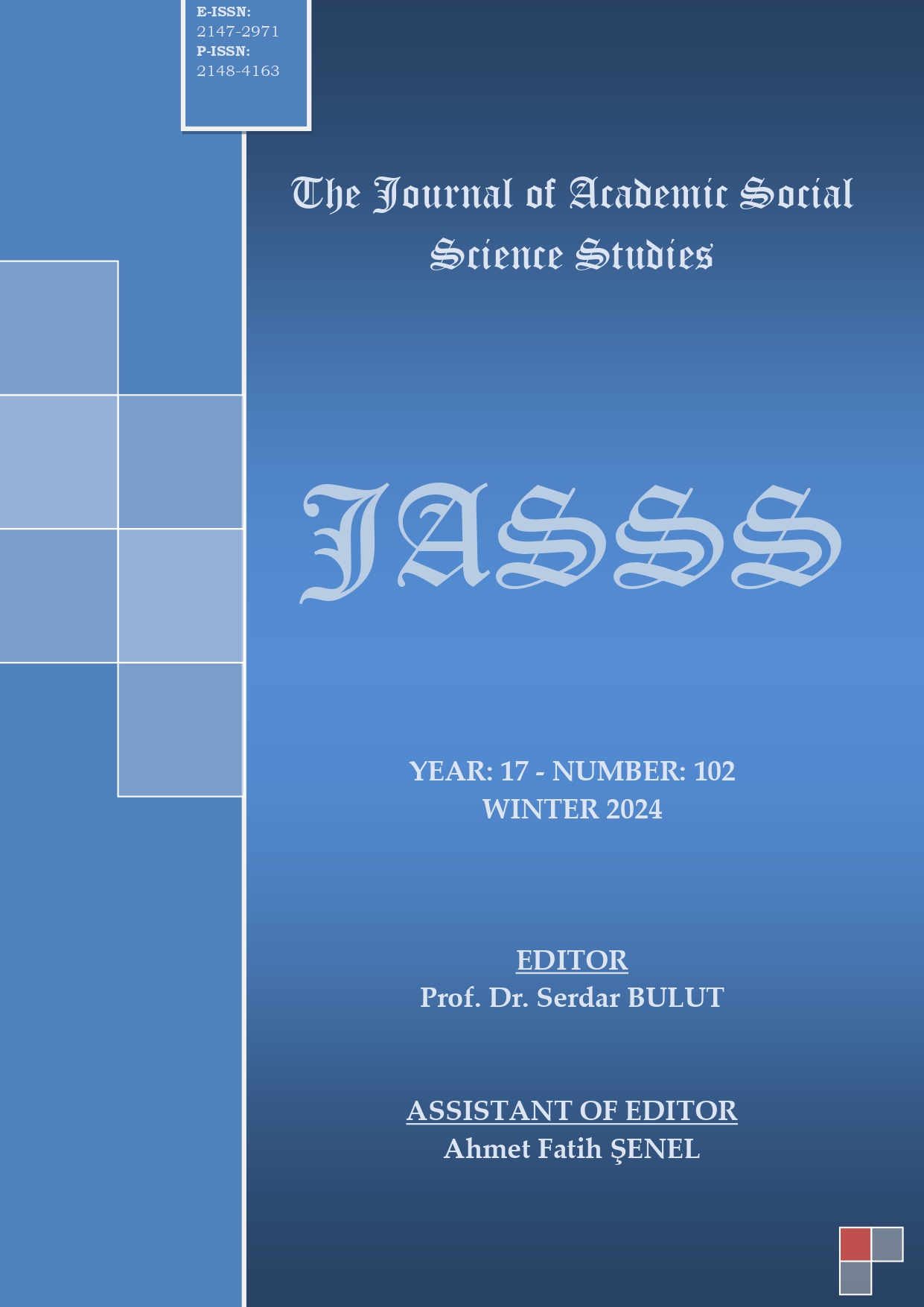Author :
Abstract
Silopi, 1960 yılında Şırnak’a bağlı bir ilçe olarak teşkilatlandırılmış olup oldukça yeni bir yerleşim yeridir. Ancak içinde yer aldığı bölgenin yaklaşık olarak M.Ö.4000 yılından beri bir yerleşim yeri olduğu bilinmektedir. Silopi ilçesinin içinde bulunduğu bölge; Guti, Babil, Med, Asur, Emeviler, Abbasiler, Eyyübiler, Zengiler, Artuklular ve Osmanlı gibi birçok devletin egemenliği altında kalan tarihi bir coğrafyadır. Bu noktadan bakıldığında bölgede çok farklı etnik ve dini kimliğe sahip insanların yaşadığını, dolayısıyla bölgenin dini ve kültürel anlamda önemli bir birikime sahip olduğunu söyleyebiliriz. Osmanlı Devleti zamanında Silopi’nin içinde yer aldığı bölgede, Müslümanların yanı sıra farklı ırka ve dine mensup gayri müslim topluluklar yaşamaktaydı. Ancak günümüze doğru gelindikçe gayri müslim nüfusun oldukça azaldığı ve söz konusu gayri müslim gruplarla Müslümanların münasebetlerinin de anılarda kaldığını söyleyebiliriz. Biz de buradan hareketle bölgede oldukça eski bir tarihe dayanan müslim-gayri müslim ilişkilerini Müslümanların hatıraları merceğinden irdelemeye çalışacağız. Böylece farklı bir dine ve etnik kimliğe sahip olan insanların bölgede uzun süre ciddi bir problem yaşamadan nasıl birlikte yaşadıklarını toplumsal hafızadan istifade ederek, bu birlikte yaşamın şifrelerini tespit etmeye çalışacağız. Çalışmamızda yer vereceğimiz anıların başında bölge halkının hafızasında önemli bir yeri olan, Enisa isimli Hıristiyan kızın 93 Harbi(1877-1878 ) sonrasında yaşanan olaylarda ailesini kaybetmesi üzerine Silopi'nin 2 Km kuzeyinde yer alan Zedga köyünün ağası Musto(Mustafa) Ağa'nın Enisa'ya sahip çıkarak, onu büyütmesi ve yaşı gelince de onu evlendirmesi olayı gelmektedir. Ayrıca Silopi’ye bağlı diğer bir Keldanî köyü olan Hebol (Aksu) sakinlerinin Müslümanlarla ile olan sosyal ilişkilerine de araştırmamızda bahsetmiş olacağız.
Keywords
Abstract
Silopi was organized as a district of Şırnak in 1960 and is a relatively new settlement. However, it is known that the region in which it is located has been a settlement since approximately 4000 BC. The region in which Silopi is located is a historical geography that has been under the rule of many states such as Gutian, Babylonian, Medes, Assyrians, Umayyads, Abbasids, Ayyubids, Zengis, Artuqids and Ottomans. When viewed from this point, we can say that people with very different ethnic and religious identities lived in the region, and therefore the region has an important religious and cultural accumulation. During the Ottoman Empire, in the region in which Silopi is located, there were non-Muslim communities of different races and religions as well as Muslims. However, we can say that as we move towards the present day, the non-Muslim population has decreased considerably and the relations between these non-Muslim groups and Muslims are only memories. Starting from this point, we will try to examine the Muslim-Non-Muslim relations in the region, which have a very old history, through the lens of the memories of Muslims. Thus, we will try to identify the codes of this coexistence by utilizing the social memory of how people with different religions and ethnic identities lived together in the region for a long time without experiencing any serious problems. The first of the memories we will include in our study is the incident of a Christian girl named Enisa, who lost her family in the events that took place after the 93rd War (1877-1878), and Musto (Mustafa) Agha, the ağa of the village of Zedga, located 2 km north of Silopi, took care of Enisa, raised her and married her off when she came of age. We will also mention the social relations of the residents of Hebol (Aksu), another Chaldean village affiliated to Silopi, with Muslims in our research.





